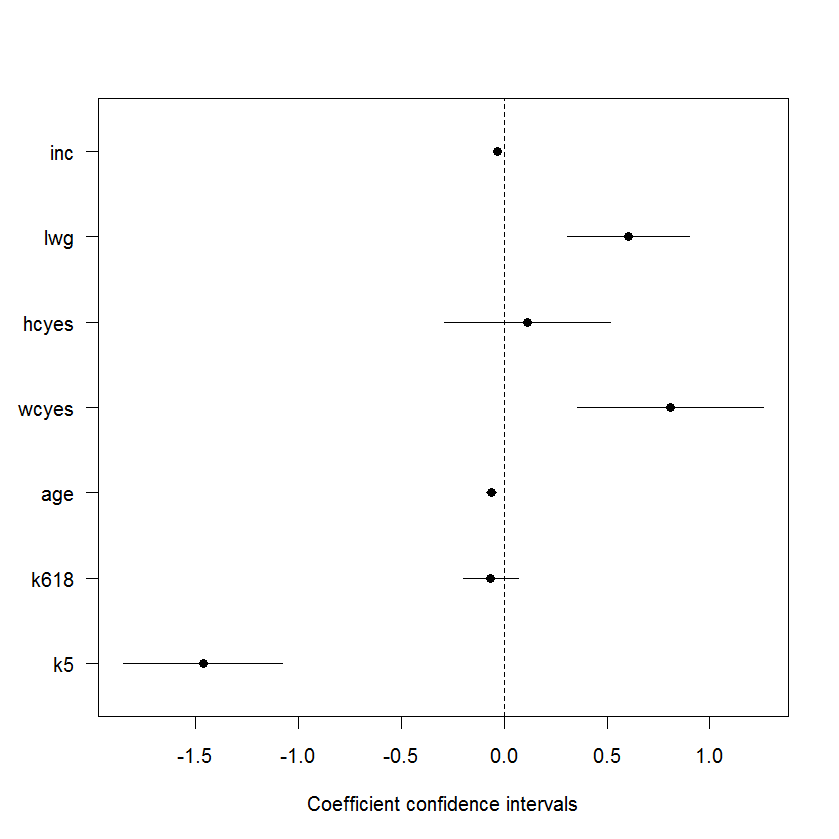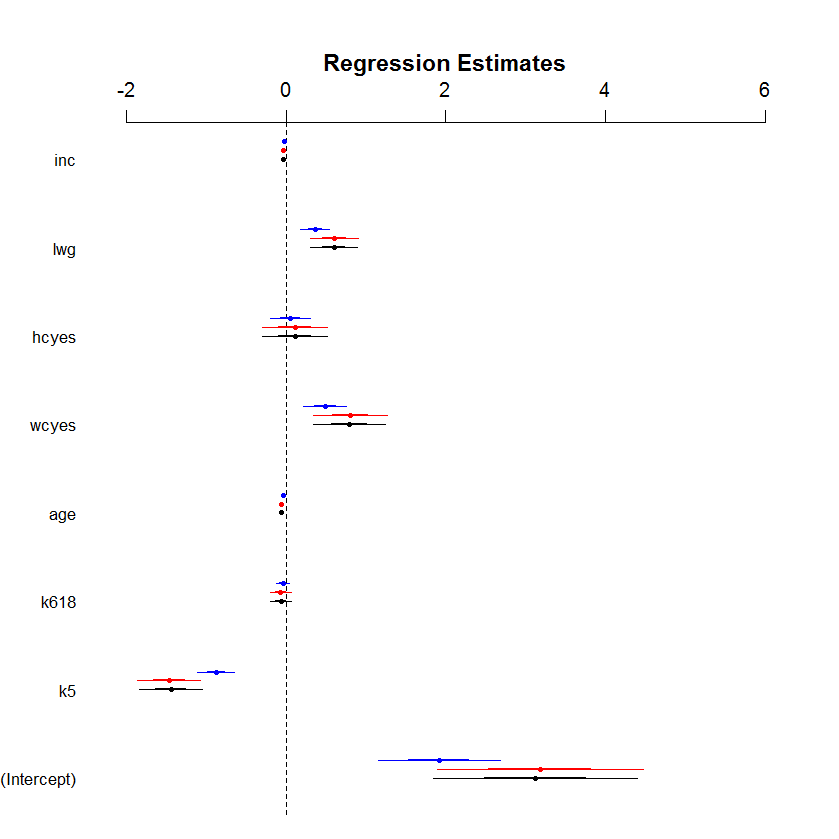Just two hours ago, Professor John Fox has announced on the R-help mailing list of a new (second) edition to his book “An R and S Plus Companion to Applied Regression”, now title . “An R Companion to Applied Regression, Second Edition”.
John Fox is (very) well known in the R community for many contributions to R, including the car package (which any one who is interested in performing SS type II and III repeated measures anova in R, is sure to come by), the Rcmdr pacakge (one of the two major GUI’s for R, the second one is Deducer), sem (for Structural Equation Models) and more. These might explain why I think having him release a new edition for his book to be big news for the R community of users.
In this new edition, Professor Fox has teamed with Professor Sandy Weisberg, to refresh the original edition so to cover the development gained in the (nearly) 10 years since the first edition was written.
Here is what John Fox had to say:
Dear all,
Sandy Weisberg and I would like to announce the publication of the second
edition of An R Companion to Applied Regression (Sage, 2011).As is immediately clear, the book now has two authors and S-PLUS is gone
from the title (and the book). The R Companion has also been thoroughly
rewritten, covering developments in the nearly 10 years since the first
edition was written and expanding coverage of topics such as R graphics and
R programming. As before, however, the R Companion provides a general
introduction to R in the context of applied regression analysis, broadly
construed. It is available from the publisher at (US) or (UK), and from Amazon (see here)The book is augmented by a web site with data sets, appendices on a variety of topics, and more, and it associated with the car package on CRAN, which has recently undergone an overhaul.
Regards,
John and Sandy


